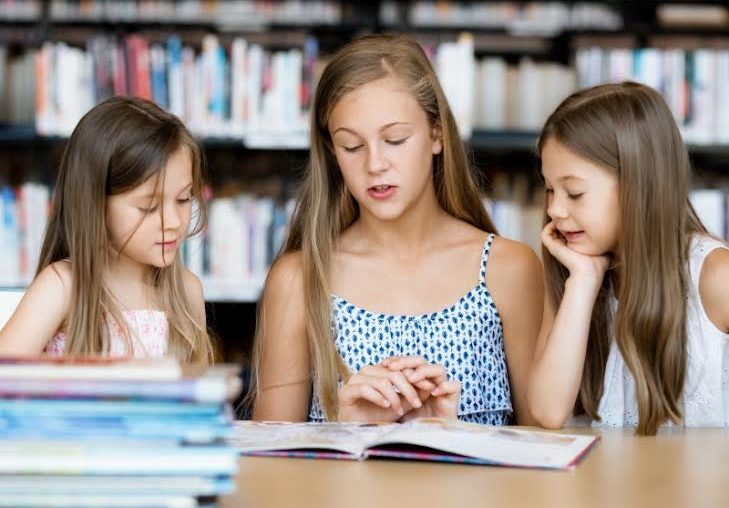There are many things that stop students from reading, and thus hindering their ability to improve, including lack of motivation and absence of choice. As a teacher, you can change this, and turn your students into successful readers by making a few simple additions to your lesson plans and a couple small modifications to the classroom library.
Encourage Them to Read More in New Ways
Telling students to read more isn’t enough. Whether you want them to read more at home or in the classroom, this demand provides no motivation or incentive to your students who don’t enjoy reading or struggle with it.
Instead, encourage your students to read more using games. When students associate reading with a fun game like It’s Fun to Read by Starfall, they want to do it more often. Your 21st century students also thrive when they can be interact with something, and games make that possible.
You can also reward students using online programs like Whooo’s Reading. After logging their reading and answering a CCSS-aligned comprehension question, students earn Wisdom Coins that they can use to buy virtual accessories for their Owlvatar. Such programs motivate students to read more every day to earn more coins.
Broaden Your Classroom Reading Horizons
Books aren’t the only text-based materials your students should be allowed to access in the classroom. “The more students read, the better readers they become. By dedicating reading time, recommending books, exposing students to a variety of texts and authors, and validating their reading choices, I’ve seen students’ interest and motivation to read increase,” says Donalyn Miller, 6th grade teacher.
Not all students want to pick up a book right away, but if they love sports, they may be intrigued by the sports section of your local newspaper. Fill your classroom library with more than just books—bring in old newspapers, educational or child-friendly magazines, and, if possible, a computer or tablet, allowing them to read articles or blog posts online.
The more opportunities they have to read, the more likely they are to do it and get better at it.
Make Reading Relatable to Life
Most books students read can be related back to things happening in real life. A fun way to highlight these similarities is with YouTube. Using video to further explain a common book theme and relate it to the students’ lives is fun and engaging.
For example:
- In Charlotte’s Web, a common theme is courage. Relate this to your students’ lives with the Nike ad ‘Just Do It’ 25th Anniversary.
- In To Kill a Mockingbird, a common theme is the inherent good or evil in people. Relate this to your students’ lives with To This Day, a powerful video about the lasting effects of bullying.
Put the Power in Their Hands
Students are more likely to finish and enjoy a book that they choose themselves, according to the most recent Scholastic Reading Report. While everyone will have to read at least one assigned book as part of an assignment or project, let your students exercise their power of choice as much as possible.
Give parents the same advice, so they can encourage students to read the books and articles they choose at home as well.
Helping students become great readers is not an easy task for any teacher, especially when students are already struggling with their skills. Give them motivation, associate the reading with real life, and provide them with alternative reading materials—all of these will give students a chance to see reading as something fun and relatable, making them want to read more, and thus improving their abilities.
This is a guest post by Learn2Earn, an online fundraising platform that gets kids excited about reading while raising money. You can read Learn2Earn blog, follow it on Twitter or Facebook, and send content inquiries to social{@}learn2earn.org. Check out its new ebook, How to Bring Technology Into the Classroom, just $2.99 on Amazon.com.




